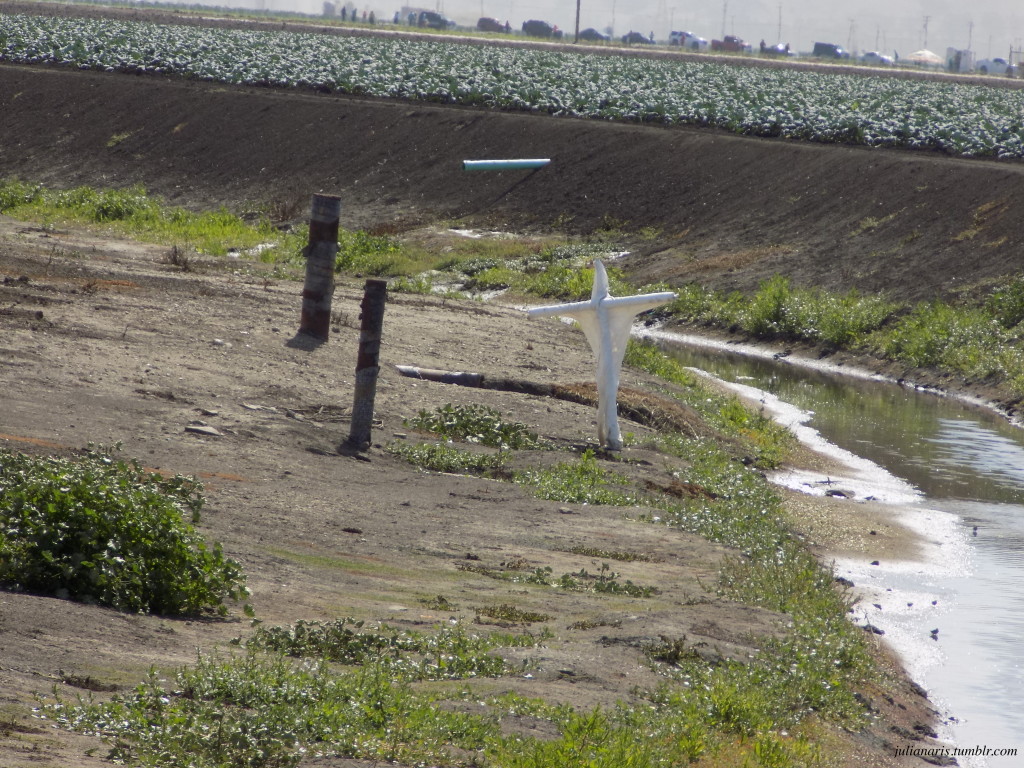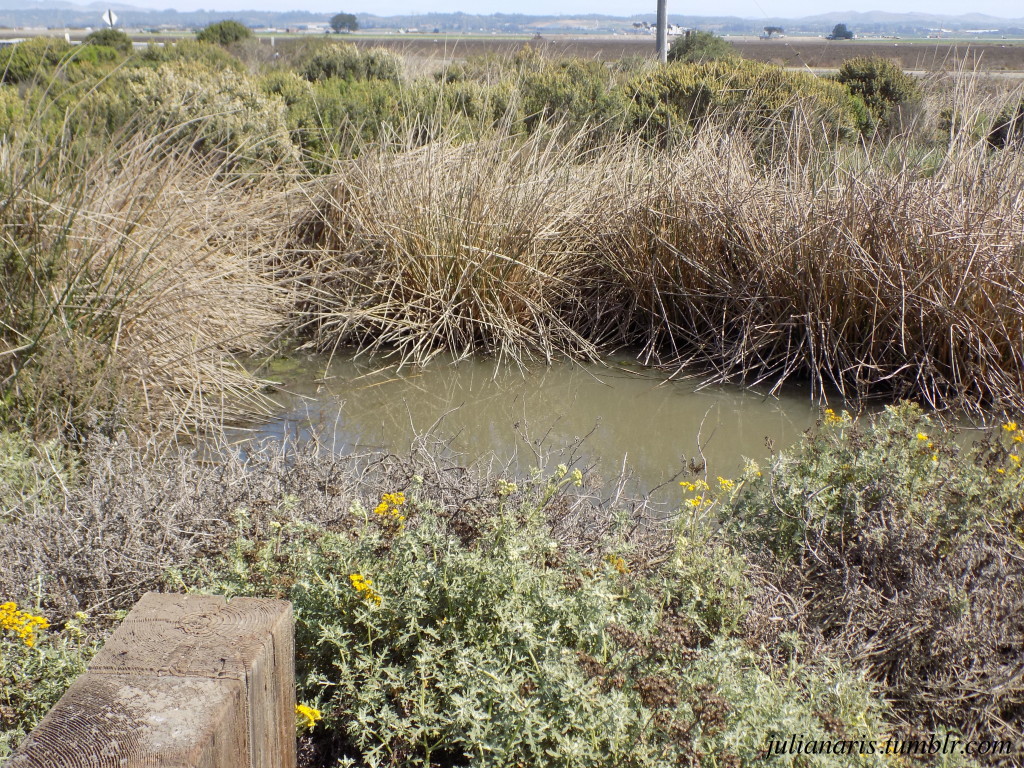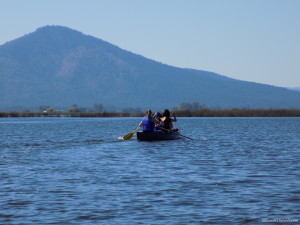Stanford’s Environmental Law Clinic Hits the Ground Running: A Crash Course in Environmental Lawyering from Salinas to Mount Shasta
The Stanford Environmental Law Clinic started out the 2015-2016 academic year with an exciting set of trips to meet clients, public agencies, and stakeholders in several of our key cases. We started our two-week “boot camp” with briefings on the major environmental statutes and longer discussions of legal ethics and client-centered lawyering. Building on these discussions, we hit the road to meet the people we’re working for and to see the places we are striving to protect.
To kick things off, we headed south to the Salinas Valley to witness the impacts of industrial agriculture on the area’s waterways. For several years, the clinic has represented Monterey Coastkeeper in challenging the Monterey County Water Resources Agency’s failure to regulate agricultural wastewater discharged into ditches in the area. The clinic scored a recent win in the case when the Monterey County Superior Court ruled that the agency—which operates and maintains an extensive drainage system for contaminated, agricultural runoff—must obtain a discharge permit for these ditches.
For a closer look at the waterways at the heart of the case, Steve Shimek of Monterey Coastkeeper/The Otter Project gave us a tour of the reclamation ditches where toxic wastewater is channelized before flowing untreated to the nearby coast:

In stark contrast to these barren and toxic ditches, Shimek also showed us the potential for a healthy agricultural wastewater treatment system in specially restored and vegetated nearby wetlands:

These wetlands naturally filter wastewater and break down the toxins in the flow to reduce the threat to wildlife and human health. After this tour, we watched Shimek in action as he advocated before the Central Coast Regional Water Board in Watsonville.
After this impactful client meeting, we continued to focus on client-centered lawyering both in the classroom and in subsequent interactions with activists and potential clients. We drove up to San Francisco to observe a strategy meeting between nonprofits grappling with the environmental challenges posed by desalination plants. This meeting offered an interesting perspective on the role of litigation as a tool in what is often a much broader and longer-term effort to effect change. We also interviewed potential clients about contamination of their local waterways. These meetings, along with other boot camp activities, offered a glimpse into the multi-faceted role of an environmental lawyer.
Closing our two weeks of boot camp, we traveled north to Mount Shasta to meet the clients in one of the clinic’s oldest cases. The clinic represents the Pit River Tribe and local environmental organizations in their decades-long struggle to protect Medicine Lake and its surrounding highlands from industrial geothermal development. To get a sense of the significance of the area we are working to preserve, we embarked on a canoe trip through Ahjumawi Lava Springs State Park with some of our clients. Located in the Fall River Valley basin, the park is covered with lava flows from the Medicine Lake volcano and is home to freshwater springs through which water from Medicine Lake flows.

Clinic students then attended a Pit River Tribal Council meeting to meet the new councilmembers, and Clinic students Madeleine McKenna (J.D. ’16) and Mari Takemoto-Chock (J.D. ’17) updated the Tribe on the case. After a significant procedural victory in the Ninth Circuit over the summer, the case is back in the district court where we will argue that the Bureau of Land Management illegally extended twenty-six geothermal leases in the highlands.
Boot camp provided us with a crash course in environmental lawyering, but it also offered a glimpse of the dispersed coalition of actors on whom society depends to defend the environment. We are grateful to our clients for sharing their stories with us and for trusting us to do this important work and to our professors for making our first weeks of clinic memorable and meaningful.
